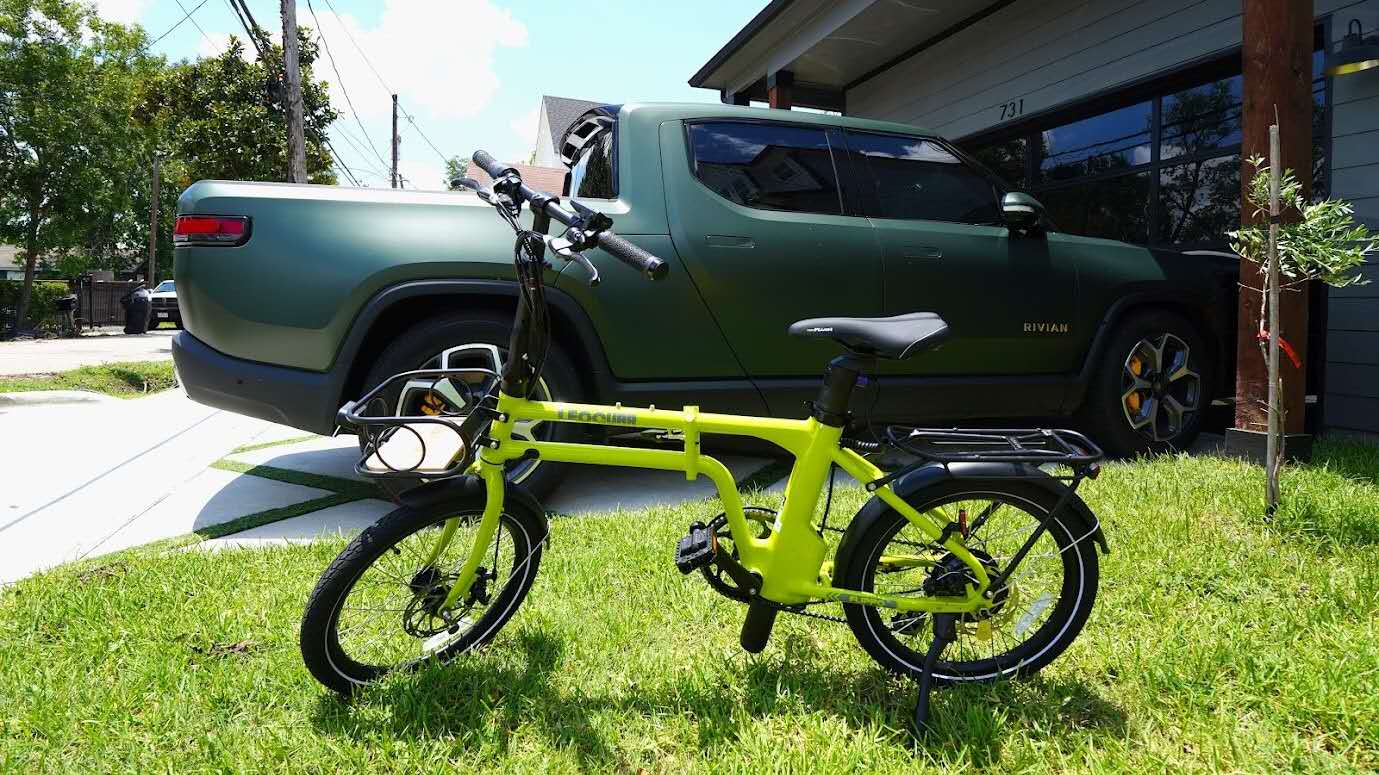
Can You Put an Ebike on a Roof Rack
The ebike revolution has brought forth a diverse range of electric bicycles, from compact folded models to rugged electric mountain bikes (EMTBs) and heavy-duty utility ebikes. This variety, while offering tailored solutions for different riding needs, poses a unique challenge: how to transport them on a standard sedan.
Is it safe and effective to put an ebike on a car roof rack? While it's tempting to simply strap an ebike to the roof, the reality is more complex. The diversity of ebikes, from compact folded models to rugged electric mountain bikes (EMTBs) and heavy-duty utility ebikes, combined with the variety of vehicle types (sedans, SUVs, pickups), necessitates careful consideration.
We will explore the methods and considerations for transporting the ebike on roof racks, prioritizing safety and compatibility for all combinations. Transporting electric bikes on a roof rack is possible but requires careful consideration of weight, compatibility, vehicle type, and safety.
Understanding Ebike, Roof Rack, and Vehicle Diversity
Ebike Variations:
Folded Ebikes: Offer portability but still vary in weight and size when folded, impacting roof rack compatibility.
EMTB (Electric Mountain Bikes): Their bulky frames, wide handlebars, and suspension systems pose unique challenges for roof rack mounting.
Standard/Utility Ebikes: Weight and size considerations must be carefully assessed for compatibility with roof rack weight limits.
Heavier Ebikes: Cargo, and other heavy duty ebikes, pose a serious weight challenge.
Roof Rack Types:
Factory Roof Racks: Often have limited weight capacities and may not be suitable for heavier ebikes.
Aftermarket Crossbars: Square, round, and aerodynamic crossbars offer varying degrees of stability and compatibility.
Bike-Specific Roof Racks: Wheel trays, frame clamps, and fork mounts are designed for specific bike types and weights.
Specialty Ebike roof racks: Designed to handle the extra weight of an ebike.
Vehicle Types:
Sedans: Lower roof height makes loading easier, but weight limits and roof surface area can be restrictive.
SUVs: Higher roof height increases loading difficulty but offers greater weight capacity and roof surface area.
Pickups: Roof rack options exist, but bed transport is often preferred; cab roof access can be challenging.

Weight and Compatibility Considerations
Vehicle Roof Weight Limits:
Always consult the vehicle owner's manual for specific roof weight limits, which vary significantly by vehicle type.
Exceeding these limits can damage the roof structure and compromise vehicle safety.
Proper weight distribution is crucial, especially for SUVs and pickups with larger roof areas.
Rack Weight Capacity:
Understand the rack's weight rating and ensure it exceeds the ebike's weight, accounting for the rack's own weight.
Rack capacity varies based on vehicle application and design.
For heavier ebikes, ensure the rack is rated for the extra load.
Ebike Frame Compatibility:
Unconventional ebike frame shapes can pose challenges for frame clamps and mounting points.
Adapters and modifications may be necessary for proper fitment.
Wheel size and tire width considerations are crucial, especially for SUVs and pickups with larger roof rack systems.
Safe Loading and Securing Techniques
Lifting Techniques:
Use safe lifting practices to prevent injury and damage, especially when loading the heavy ebike onto high vehicle roofs.
Seek assistance for heavier ebikes, particularly when loading onto SUVs and pickups.
Consider using lifting tools or ramps for easier loading.
Securing the Ebike:
Use high-quality straps, tie-downs, and locks designed for heavy loads.
Secure the ebike at multiple points to prevent movement and damage during transit.
Check securing points before driving and regularly during long trips.
Protecting the Ebike and Car:
Use padding and covers to protect the ebike and car from scratches and dents.
Protect the ebike from weather elements, considering the vehicle's size and wind resistance.
Driving and Maintenance Considerations
Driving Adjustments:
Be aware of increased wind resistance and vehicle height, which varies by vehicle type.
Adjust driving speed and cornering, especially with SUVs and pickups, to maintain stability.
Expect increased fuel consumption due to added weight and wind resistance.
Rack and Ebike Maintenance:
Inspect the rack and ebike after transport, especially after off-road driving with SUVs and pickups.
Check for loose connections and damage, and tighten or repair as needed.
Clean the ebike to prevent dirt and debris from damaging the car's paint.
Transporting the electric bike on a roof rack is feasible, but it requires careful planning and consideration of ebike type, vehicle type, and safety. Prioritize compatibility, weight limits, and secure loading techniques to ensure a safe and successful journey. By making informed decisions and following best practices, you can confidently transport your e bike on a roof rack, expanding your adventures and enjoying the freedom it provides.




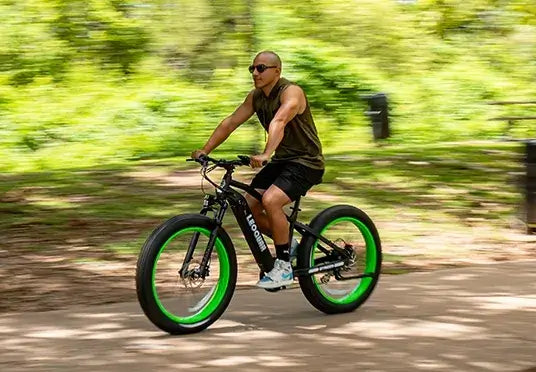


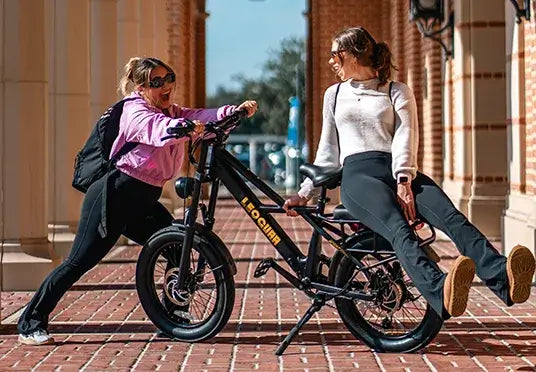
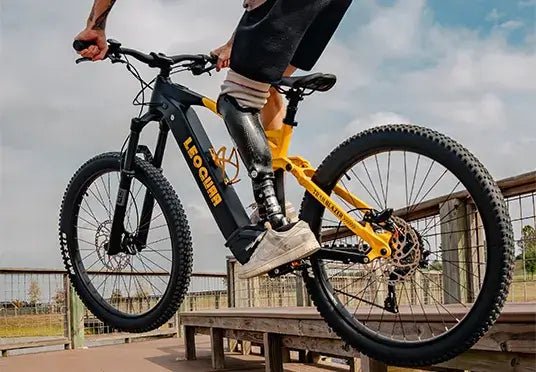

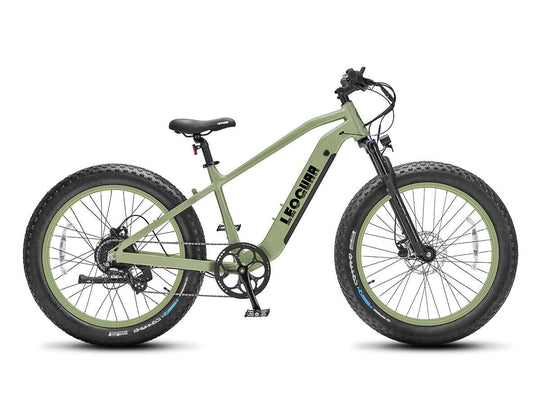
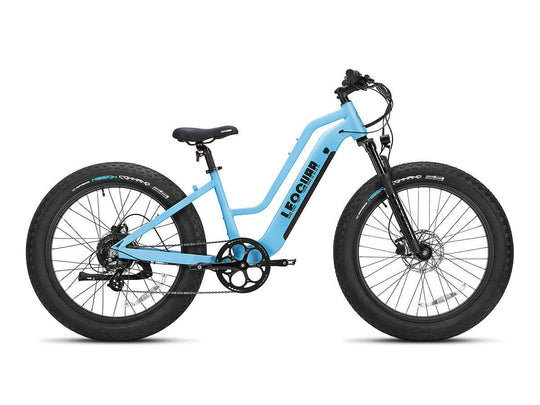
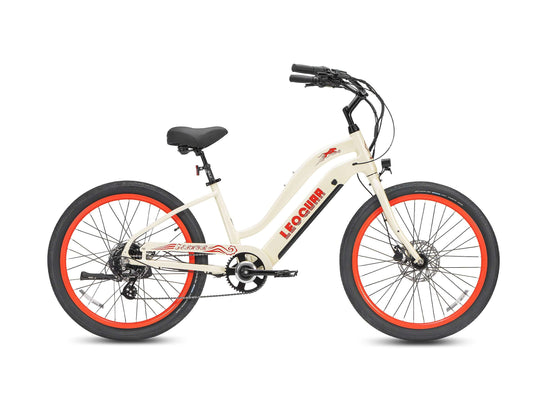
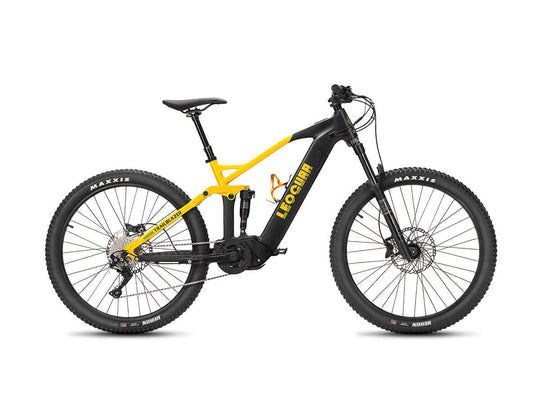

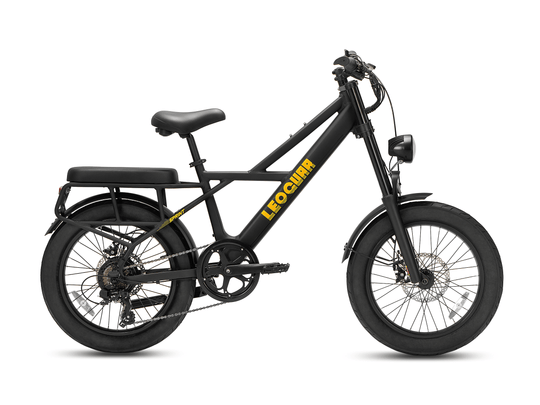
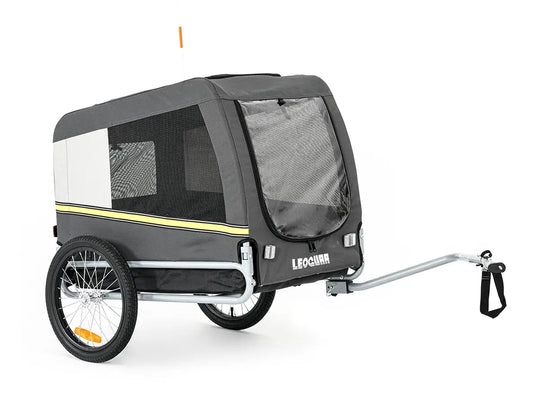
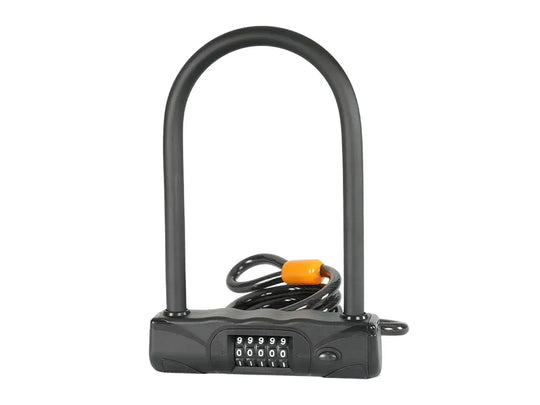

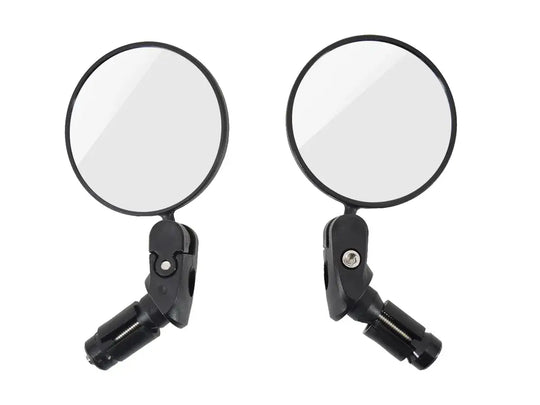

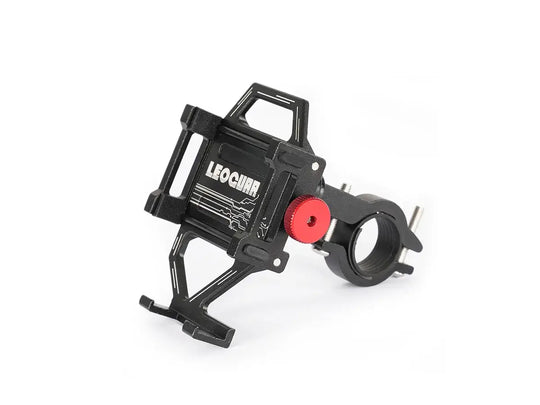
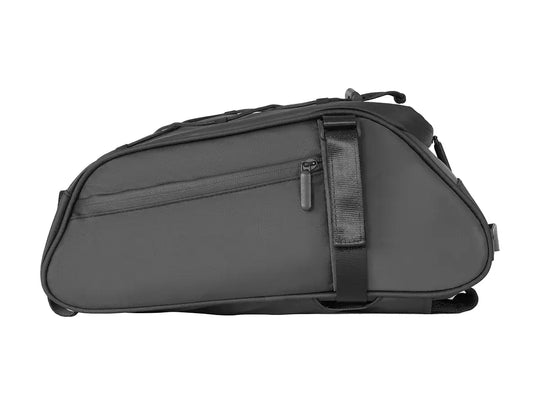
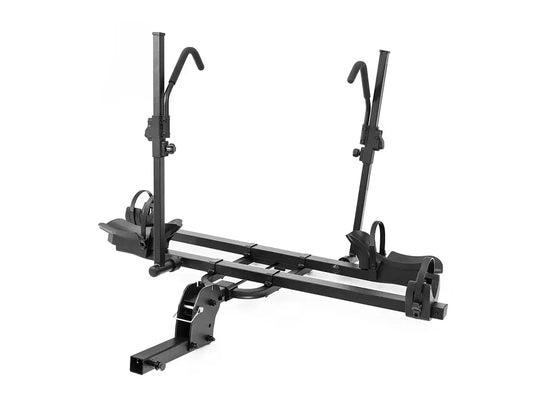
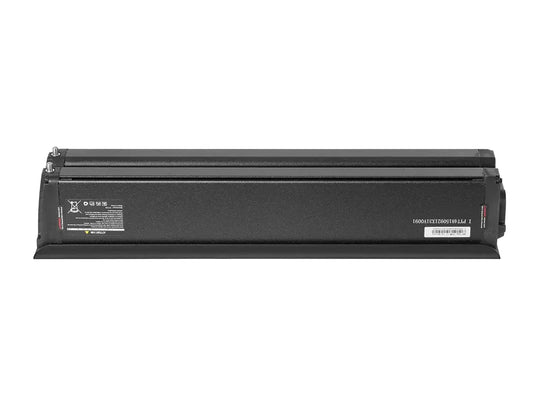

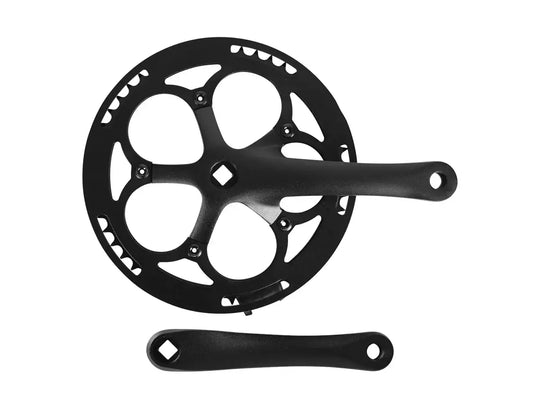
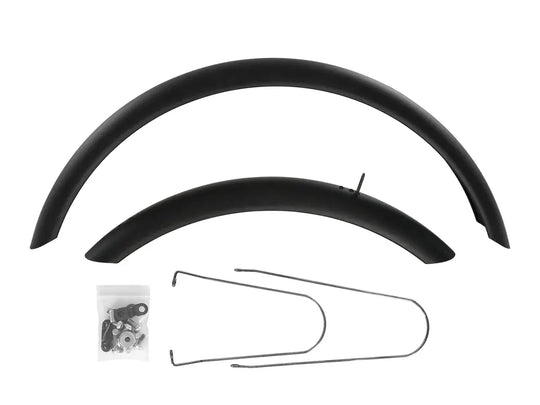
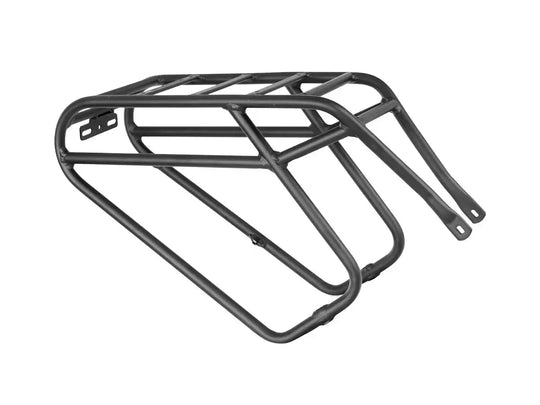
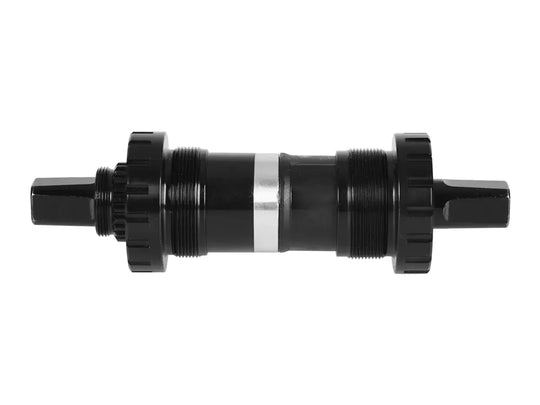
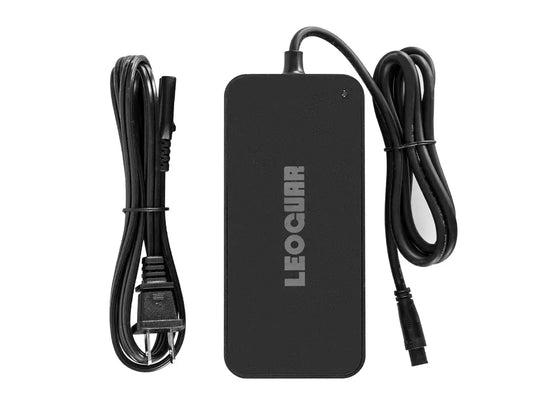
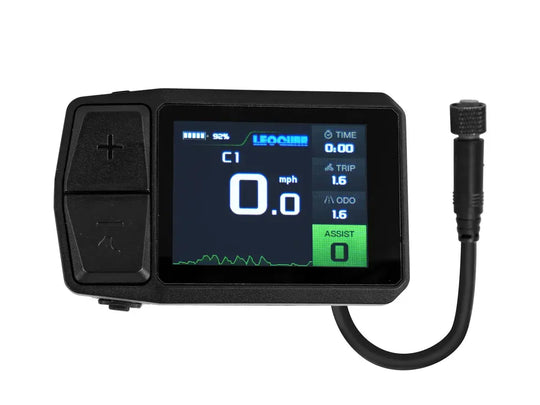







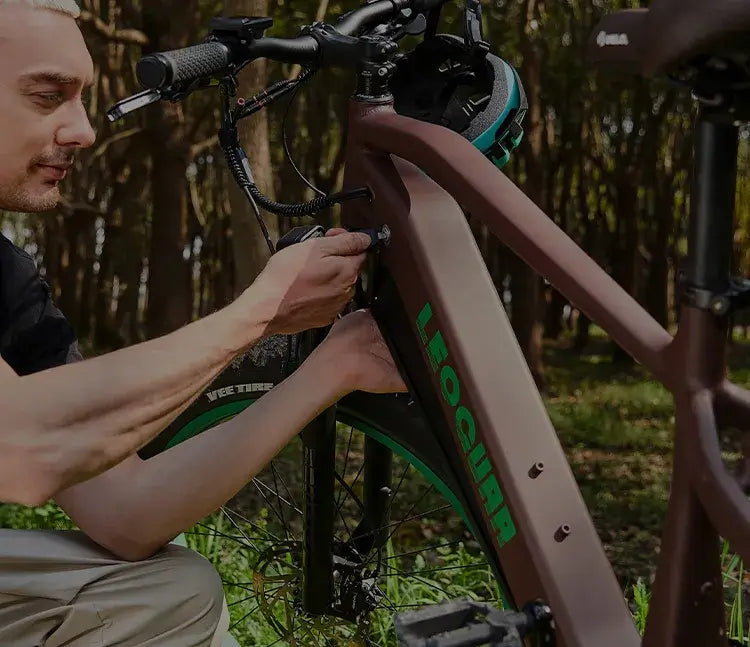
Leave a comment